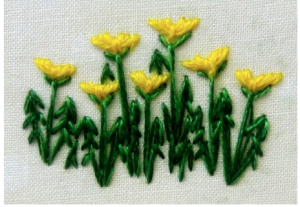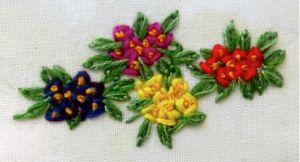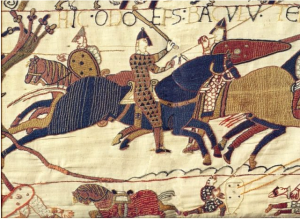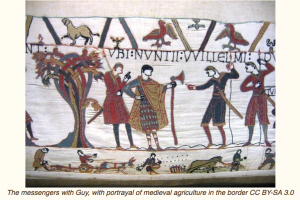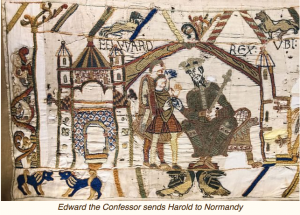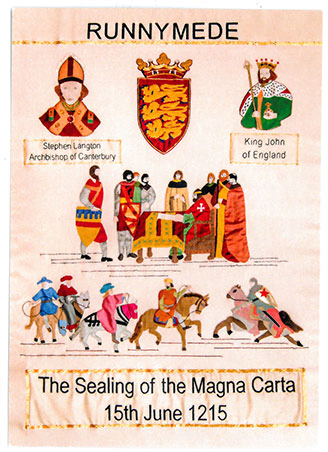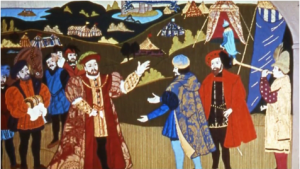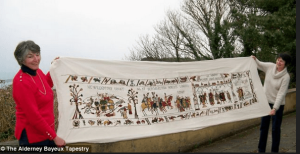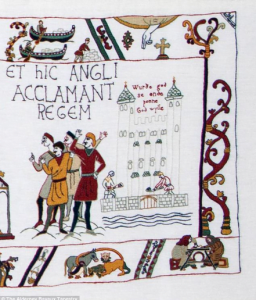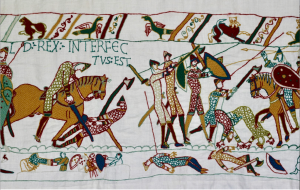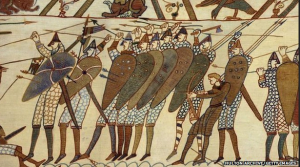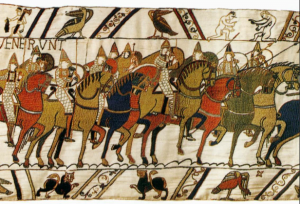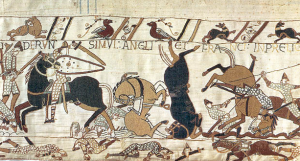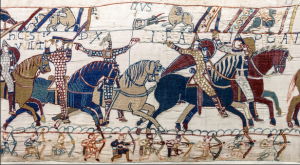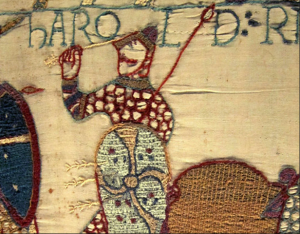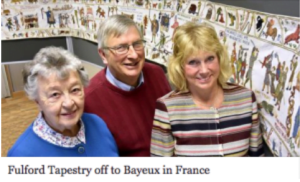Daytimers or Appointment books seem to be made in one colour – black. Like early Ford motor cars – shiny black. Those covers are not only black and shiny, they are also slippery with a homing instinct for the floor of the car and the cavities of upholstery.
A few years ago, I made an outer cover for my Daytimer. It proved to be so effective that the following year, I made another. Used alternating years, neither show signs of wearing out. My friend, Mark, admired the practicality of mine and asked me to make him one for his book for lecture notes. As he is young and computer literate he does not need a Daytimer. I am neither young nor computer literate and that Daytimer helps my memory and gets me where I need to be – most of the time anyway.
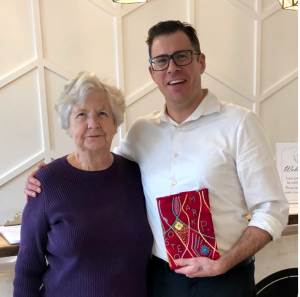
This was not a difficult job and was a pleasant change from more formal stitching. The fabric is Batik Cotton backed with old sheeting plus an extra piece of sheeting reinforcing the spine. Mark’s notebook has a spiral binding as do my Daytimers. Stitching through the layers was difficult at times though doable. I marked all four edges of the book including the spine on the backing using a ruler and pencil and basted the lines through on a sewing machine. You can just see the white lines in the next photo. Extra width for deep pockets was provided for the inside of the covers. The backing makes finishing threads easy. Pass the thread between the fabric layers for one inch or a bit longer and then leave a half inch tail before cutting the thread.
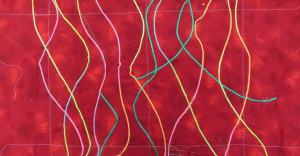
Rat’s-tail was zig-zagged down randomly but in a vertical layout. It works better if these casual dividing lines all go in the same direction. My stash provided an assortment of bright coloured Perle No 5 and 8 thread. Perle is more durable than Floss and is nice to stitch with. You can do any plan/design you want – this is just what I did. After that, I stitched as the inclination took me. Most are variations of Chain stitch while others are well known stitches. The yellow Cretan stitch is placed along the spine so that the book will be easily visible in the depths of a briefcase. The lettering is Whipped back stitch. It was easier to stitch loose in the hand though I did use a small hoop for the French knots. Below, partly stitched.
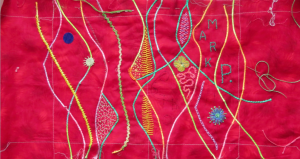
Finishing it into a book cover was the hardest part. I have previously tried binding and seaming so, this time, decided to zig-zag the top and bottom edges but it did not work and, in fact, looked terrible. So I bound it with a straight of the grain strip of the Batik cotton. The centre section had to be stitched separately to the pocket sections. A mixture of seaming and binding seems to work the best.
The elastic got in the way of the photo but is there to keep the book closed.
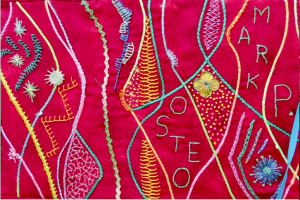
Bright, durable, findable and personalized but, not fine art.
“Thanks,” said Mark. “This is exactly what I wanted.”


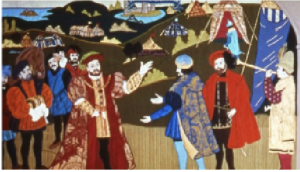
 But my books are different!
But my books are different!